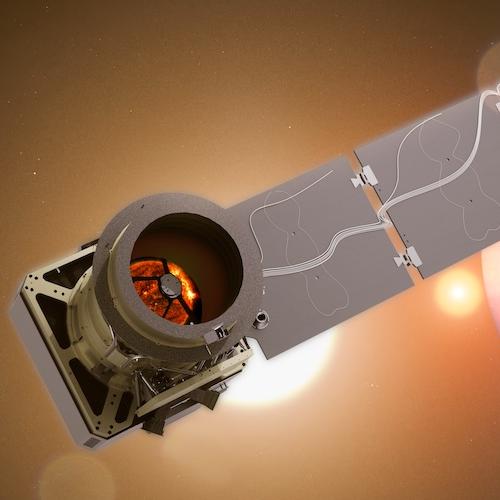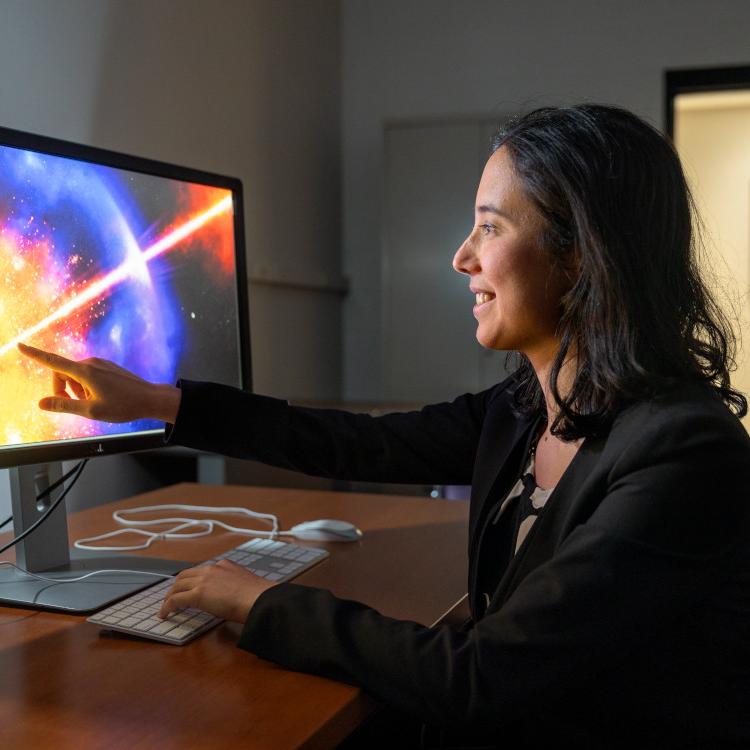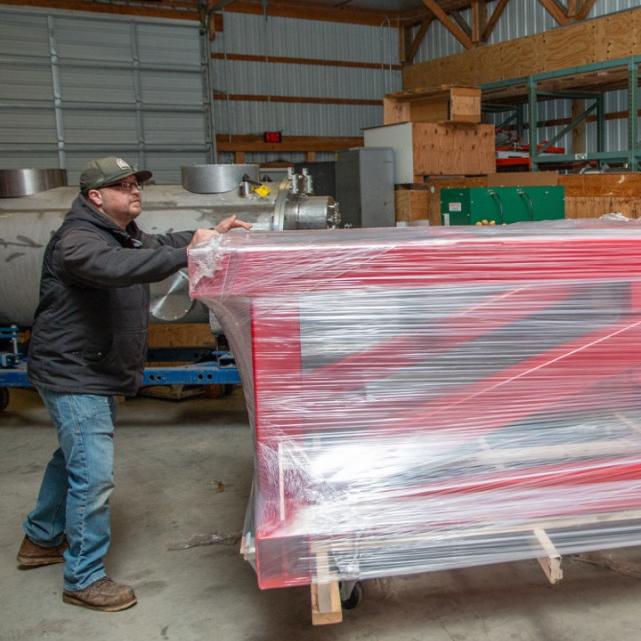
 Department Homepage
Department Homepage
Cosmos unveils space-tech business, science opportunities
More than a dozen space industry leaders, capital investors, startup entrepreneurs, a Jet Propulsions Lab manager and Cornell professors gathered virtually for Cornell’s first Space Tech Industry Day/K.K. Wang Day symposium on April 23 – featuring this year’s event theme, “New Opportunities in Space Technology.”




